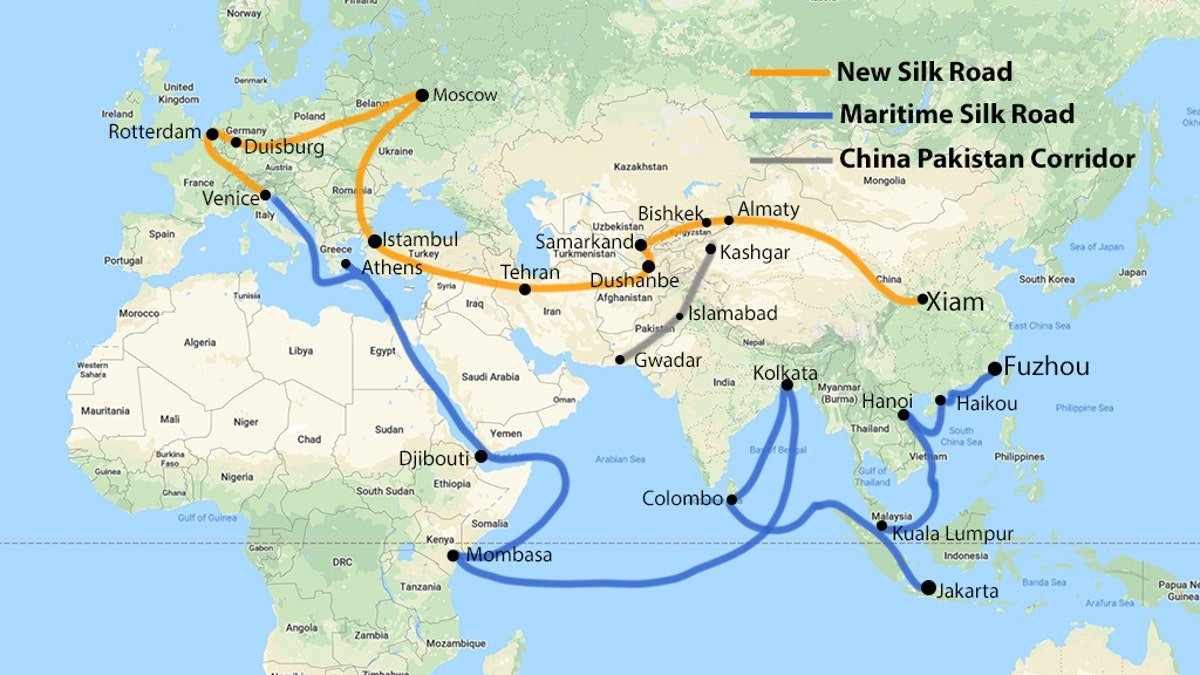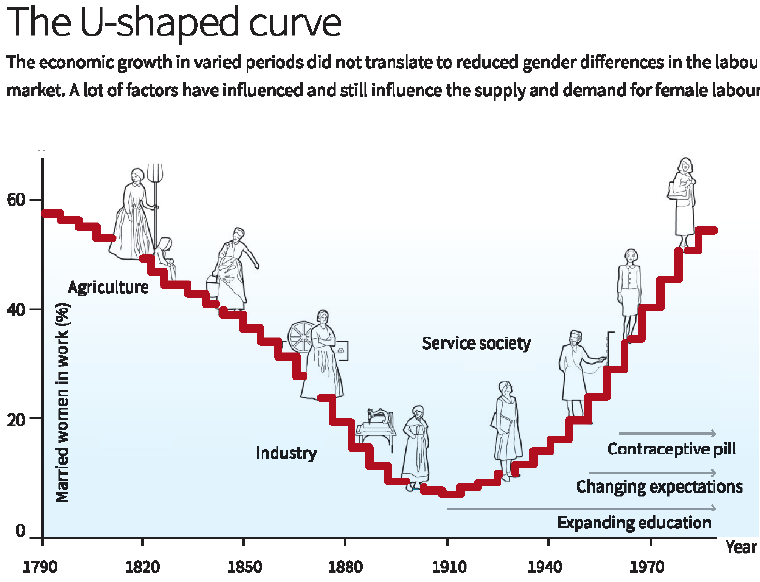
Heavy Metals and Heavy Metal Toxicity
Subscribe to Never Miss an Important Update! Assured Discounts on New Products!
Must Join PMF IAS Telegram Channel & PMF IAS History Telegram Channel
Heavy Metals in Wetlands of Odisha
- Context (DTE): High levels of cancer-causing heavy metals such as lead and chromium have been found in eight wetlands in Odisha:
- Natural: Chandaneswar, Chilika, Daringbadi, and Koraput
- Man-made: Bhadrak, Hirakud, Talcher, and Titlagarh
Odisha National Parks, Tiger Reserves, & Ramsar Sites
For more info: Odisha National Parks, Tiger Reserves, & Ramsar Sites – PMF IAS |
Heavy Metals
- Heavy metals are defined as metallic elements with a relatively high density compared to water.
- These metals occur naturally in Earth’s crust, but human activities like industrial processes, mining, and burning fossil fuels have increased their release into the environment.
- Heavy metals cannot be destroyed by biological degradation.
Essential vs. Toxic
- Depending on their concentration and the specific metal, heavy metals can either be essential or toxic to living organisms.
- Essential Heavy Metals: Heavy metals, such as copper, zinc, and iron, are essential micronutrients living organisms require in trace amounts for biochemical and physiological functions. E.g., iron is crucial for oxygen transport in haemoglobin and zinc for enzymatic reactions.
- Toxic Heavy Metals: Heavy metals like lead, mercury, cadmium, arsenic, and chromium can be toxic to living organisms, even at low concentrations. They can cause a range of health problems.
- Cancer
- Neurological damage
- Kidney and liver damage
- Reproductive problems
- Developmental problems in children
Sources of Heavy Metals in Wetlands
- Natural sources: Weathering of rocks and soils, volcanic eruptions, and forest fires.
- Human activities: Mining, industrial wastewater, agricultural runoff, and urban stormwater runoff.
How Heavy Metals in Wetlands Enter the Human Body
- Drinking contaminated water
- Eating contaminated fish
- Breathing contaminated air (Heavy metals can volatilise from wetlands and enter the air. If this air is inhaled, the heavy metals can enter the human body.)
- Skin contact with contaminated water
Heavy Metal Toxicity
Lead
- Lead enters the atmosphere from automobile exhaust.
- Tetraethyl lead (TEL) was added to petrol as an anti-knock agent for the smooth running of engines.
- Lead in petrol is being phased out by the introduction of lead-free petrol.
- Many industrial processes use lead, often released as a pollutant.
- Battery scrap also contains lead. It can get mixed up with water and food and cause poisoning.
- Lead can cause irreversible behavioural disturbances, neurological damage and other developmental problems in young children and babies. It is a carcinogen of the lungs and kidneys.
Mercury
- In Japan, mass mercury poisoning (Minamata disease) was observed in the 1960s, caused by eating fish from Minamata Bay contaminated with methylmercury.
- Mercury kills cells in the body and damages organs, thus impairing their functioning.
- Inhalation of mercury vapours is more dangerous than its ingestion.
- Chronic exposure causes lesions in the mouth and skin and neurological problems.
- Mercury-free thermometers are replacing mercury thermometers used earlier.
Arsenic
- Arsenic is associated with copper, iron and silver ores.
- Arsenic is also emitted from fossil fuel burning.
- Liquid effluents from fertiliser plants also contain arsenic.
- Groundwater contamination with arsenic is very common in areas where it is present.
- Chronic arsenic poisoning causes melanosis and keratosis (dark spots on the upper chest, back and arms are known as melanosis; the next stage is keratosis, in which palms become hard), leading to loss of appetite and skin cancer, etc.
- Surface waters are generally free from arsenic pollution and should be preferred for drinking and cooking.
Cadmium
- Mining, especially in zinc and metallurgical operations, electroplating industries, etc., releases cadmium in the environment.
- It may enter the human body by inhalation or from aquatic sources, including fish.
- It may cause hypertension, liver cirrhosis, brittle bones, kidney damage and lung cancer.
- Itai-itai disease, first reported from Japan in 1965, was attributed to cadmium contamination in water and rice caused by the discharge of effluents from a zinc smelter into a river.
Other Heavy Metals
- Metals such as zinc, chromium, antimony and tin enter food from cheap cooking utensils.
- Preserved foods stored in tin cans also cause contamination by tin.
- Zinc is a skin irritant and affects the pulmonary system.
For more info: 15.7 Heavy Metals PMF IAS Environment





![PMF IAS Environment for UPSC 2022-23 [paperback] PMF IAS [Nov 30, 2021]…](https://pmfias.b-cdn.net/wp-content/uploads/2024/04/pmfiasenvironmentforupsc2022-23paperbackpmfiasnov302021.jpg)












